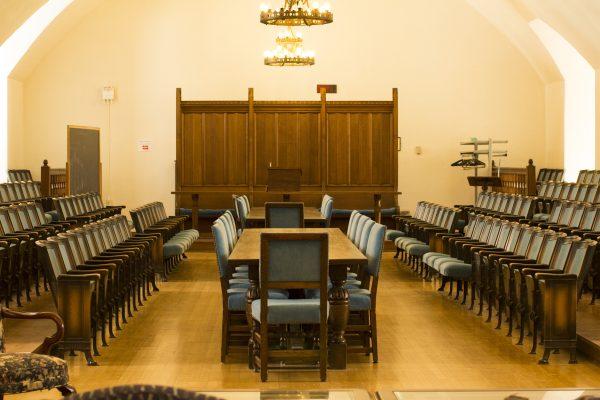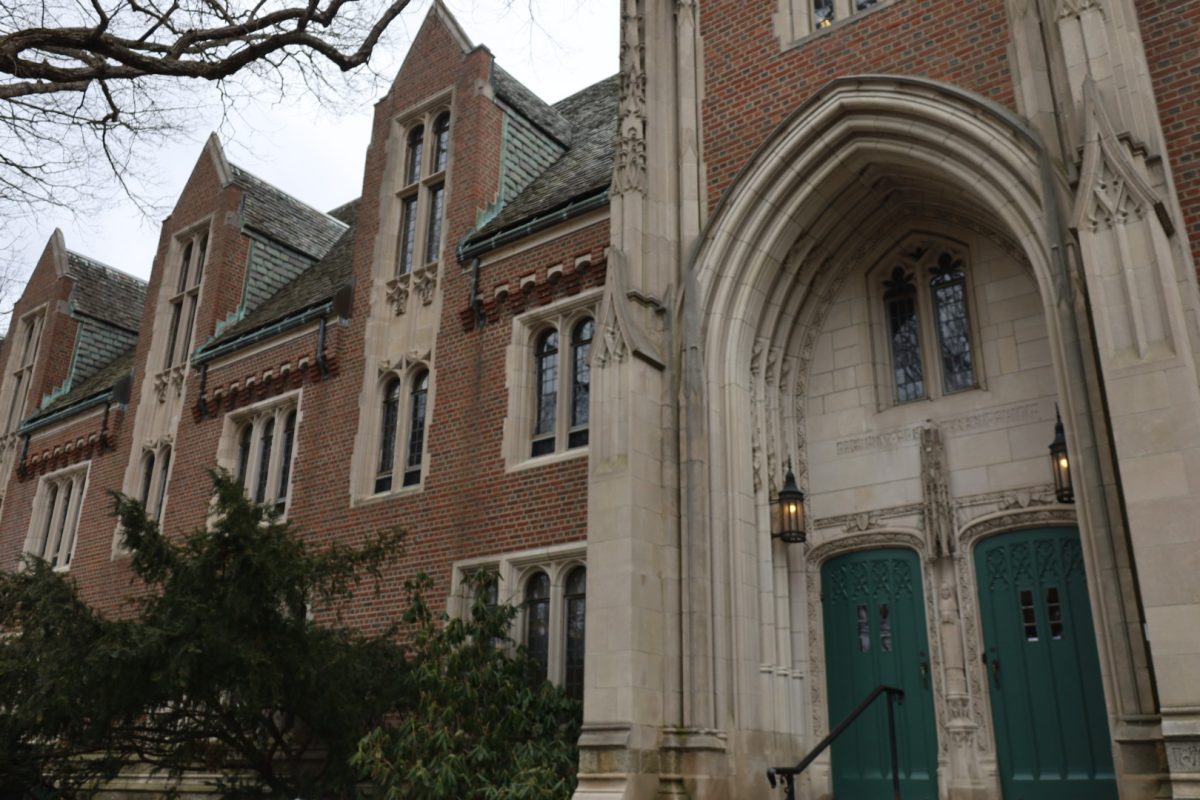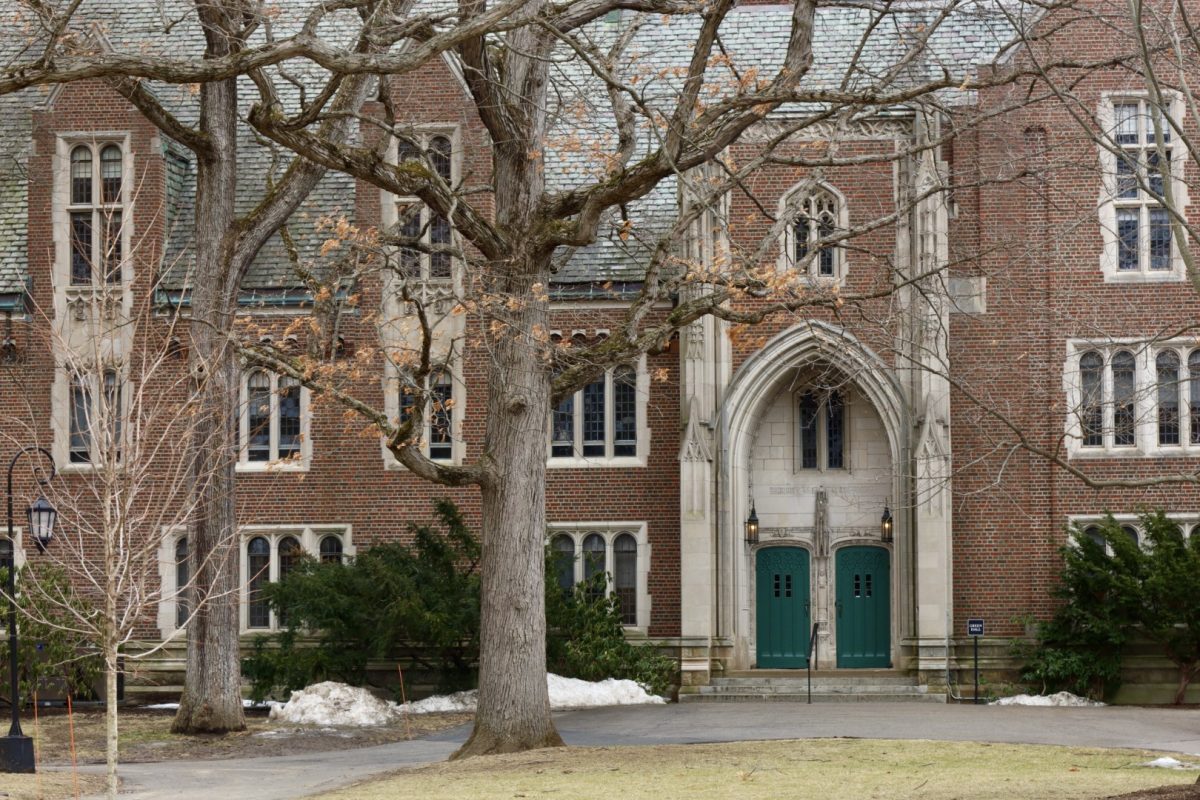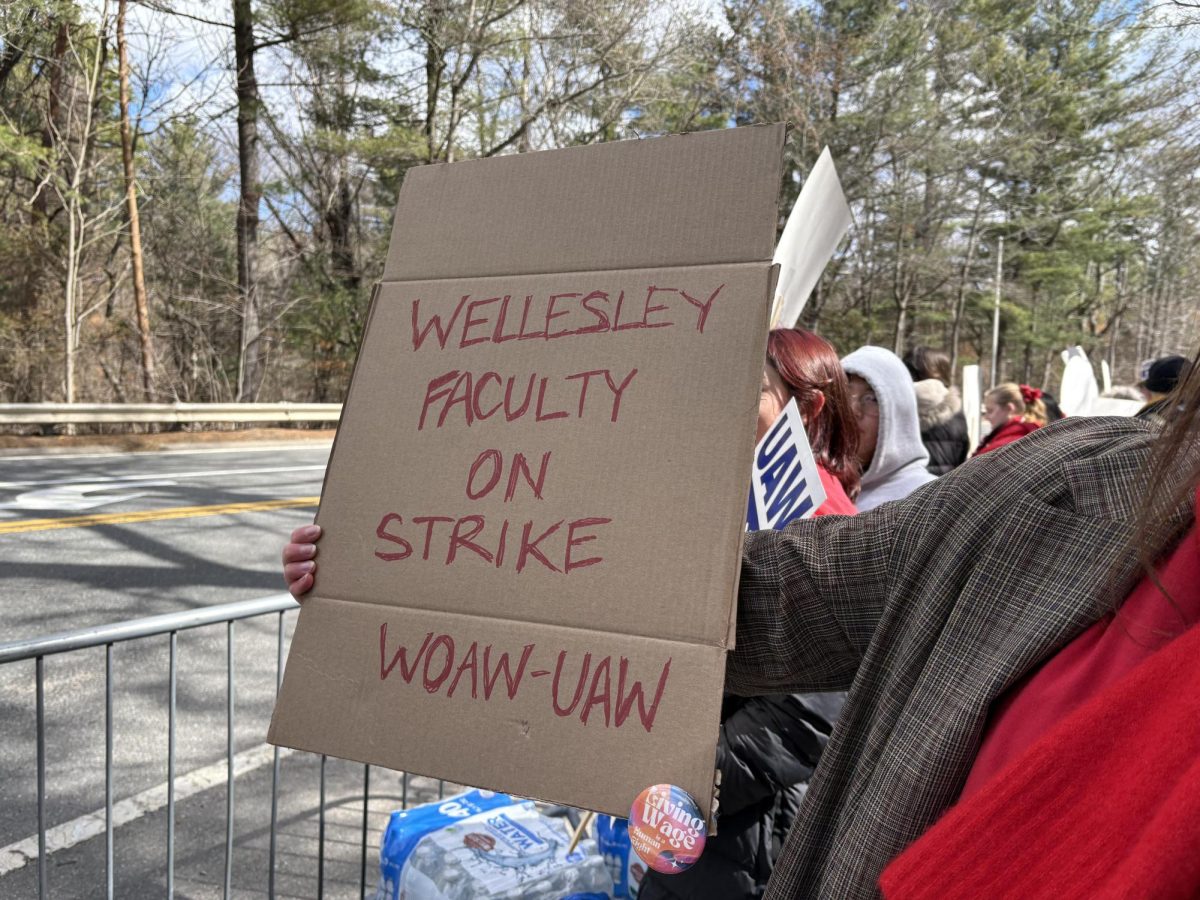During CG Senate on April 11, 2024, a ballot question referendum that would amend the CG constitution to provide for the publication of election analytics for ballot questions passed. If instituted, the amendment would mean that the total number of votes for ballot questions and the breakdown of votes between those responses would be accessible to students.
The institution of the amendment presented in the referendum is only effective if brought forward as a ballot question during the next College election cycle. However, the Administration and Office of Student Involvement could choose not to recognize the amendment to the College Government constitution.
This amendment was introduced after Dean of Students Sheilah Horton announced at the March 4, 2024 Senate that there is no clear explanation as to where the original policy to not release ballot analytics came from, but the College decided to keep it in place to prevent student backlash. A formal complaint was then made stating that Horton’s decision was unconstitutional since she is a non-voting member of Senate. Senator for Severance Hall, Svetlana Greene ’26, has advocated for election transparency since last year’s Gender Ballot Initiative.
“In some parts, it’s very valuable to have [administration] involved in the student decisions, but I think at this point they’re too involved to the point where it’s taking away the power for students to make decisions,” Greene said. “We believe that it’s the College Government’s and the student body’s choice on whether or not we want to release those numbers, not administration’s choice.”
The language surrounding the amendment can be ambiguous since ballot question and ballot initiative are used interchangeably by students. Senator from Claflin Hall, Ailie Wood ’24, explains that a ballot question is a survey, while a ballot initiative is a yes or no question.
“A ballot initiative is similar to a candidate election where we’re just saying yes or no,” Wood said. “A ballot question is a survey of the student body. It’s like a multiple-choice response where its intention is to gather a wide range of data. A ballot initiation and a ballot question both can’t bring actual action, they’re just showing student support.”
This referendum aims to amend Article 14 of the College Government Constitution, which specifically talks about the purpose and function of ballot questions. Senator for Shafer Hall, Marty Martinage ’24, explains why the amendment was presented as a referendum vote.
“What you would use a referendum for is if a senate resolution passed and you as a member of the student body don’t feel represented by this decision, that’s when you would trigger a referendum vote,” Martinage said.
To initiate a referendum, students must write and file a petition, which must receive a certain number of signatures. Once CG receives the petition and verifies the signatures, they coordinate with the Office of Student Involvement to hold a referendum vote.
“With the ballot question, the whole point of wanting to get more accurate data on the ballot is the idea that it’s important and valuable to actually have an accurate sense of how opinion is distributed across campus, and how much of campus is being represented in that breakdown,” Martinage said.
In this case, it was Horton’s decision to not release election data on ballot questions that triggered the vote since it was a decision that was made without any student input.
“Our job is to use that power and numbers to convince the College that they do have to act because it’s not some minority of students who feel that way, it’s the full student body,” Martinage said. “It’s the people who, two decades from now, are going to be the alums who they’re relying on for donations. I think if they keep alienating students and kind of patronizing us and acting like we don’t know what we’re talking about when we say what we believe in and what matters to us, eventually, I think that’s gonna come back to bite them in a way that threatens the long-term existence of Wellesley.”




